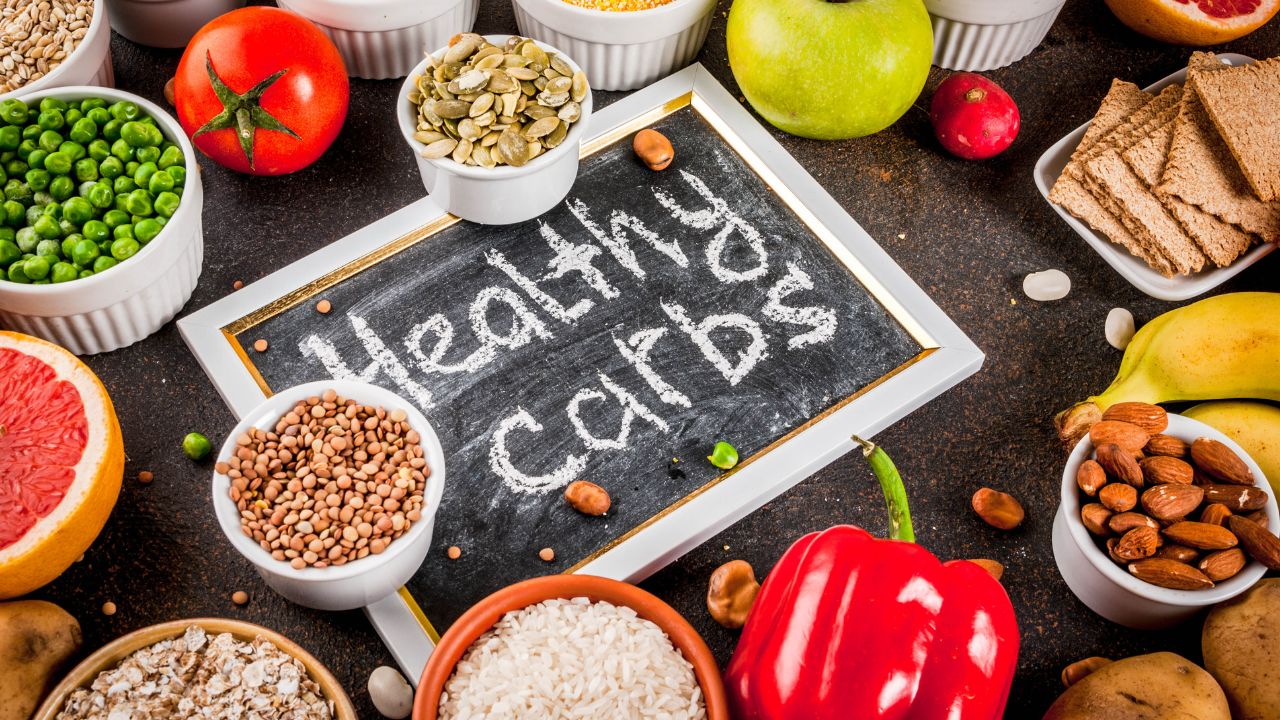Grains are important parts of food cultures around the world. We have divided types of grains into several categories, but how well do you understand what you eat?
Edible grains have diverse textures and flavors, and various cultures turn them into unique foods.
What are grains?
Simply put, grains are edible seeds from the Gramineae family. The plants from this family come in diverse species.
Here are various grain types based on several categories.
A. Types of True Grains
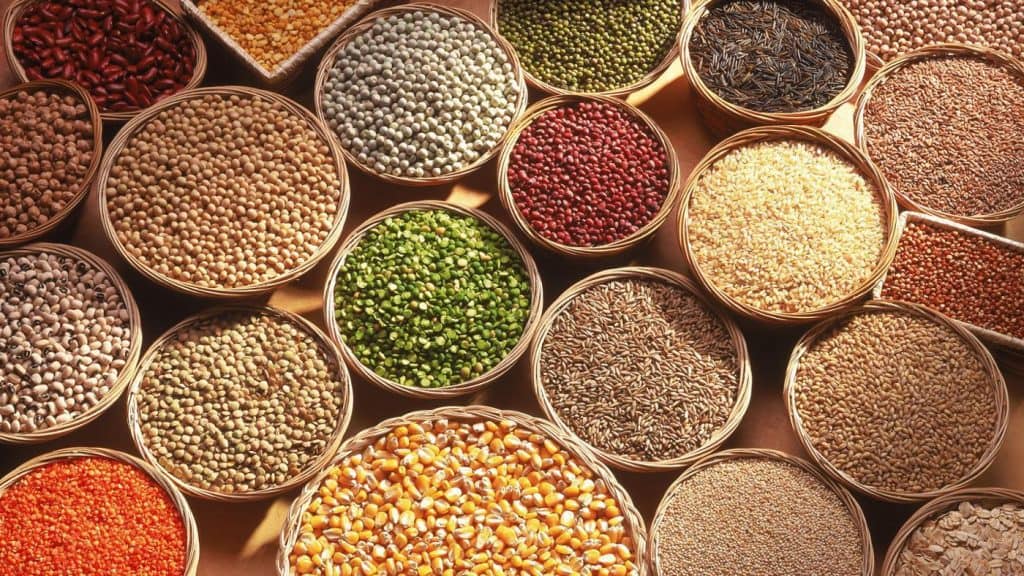
True grains are the most popular types of grains. People around the world turn these grains into specific foods, which reflect local cultures.
Samples of true grains include:
1. Wheat
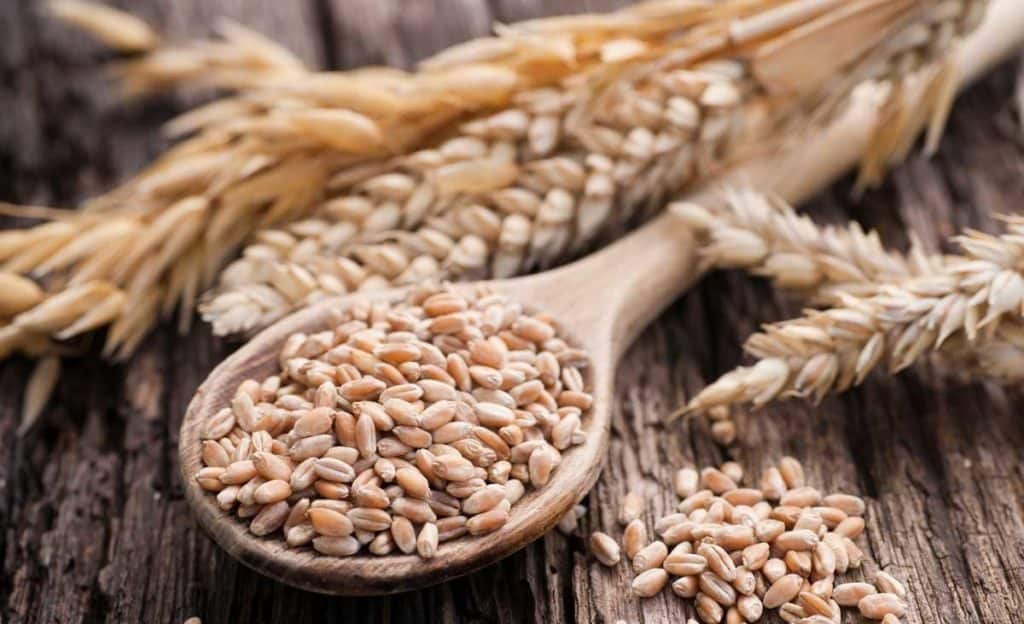
Wheat is cultivated in various parts of the world, becoming an important part of daily diets.
Wheats are used to make breakfast cereals, flour, noodles, pasta, cakes, and porridge. Wheat is typically milled, but the grains can also be puffed, flaked, or steamed.
2. Oats
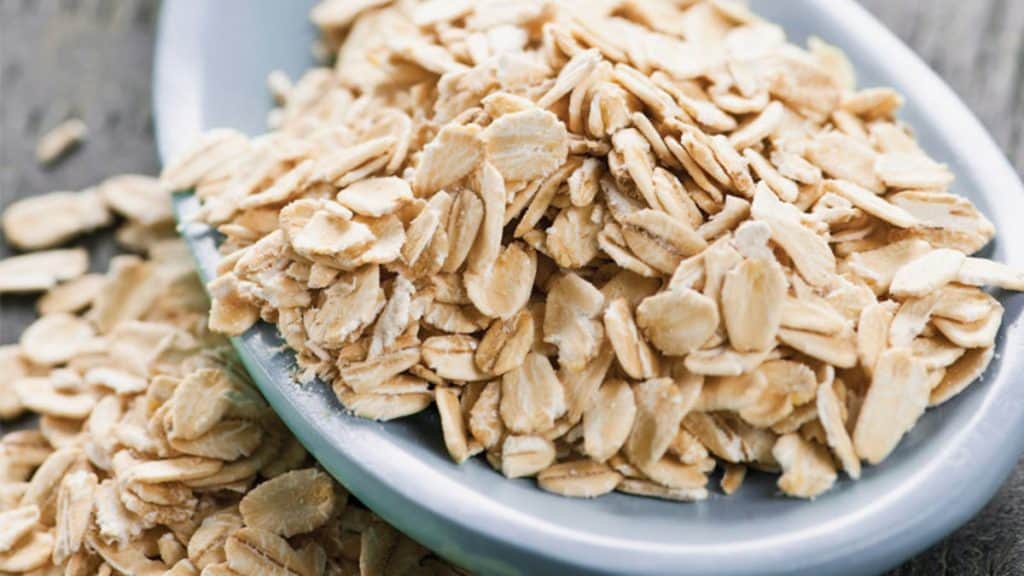
Oats are often considered as “healthy grains” because their germ and bran are not removed. They are rich in soluble fiber, making them ideal as diet foods.
Oats are also recommended for diabetic people, because their beta-glucan improves insulin response.
3. Rice
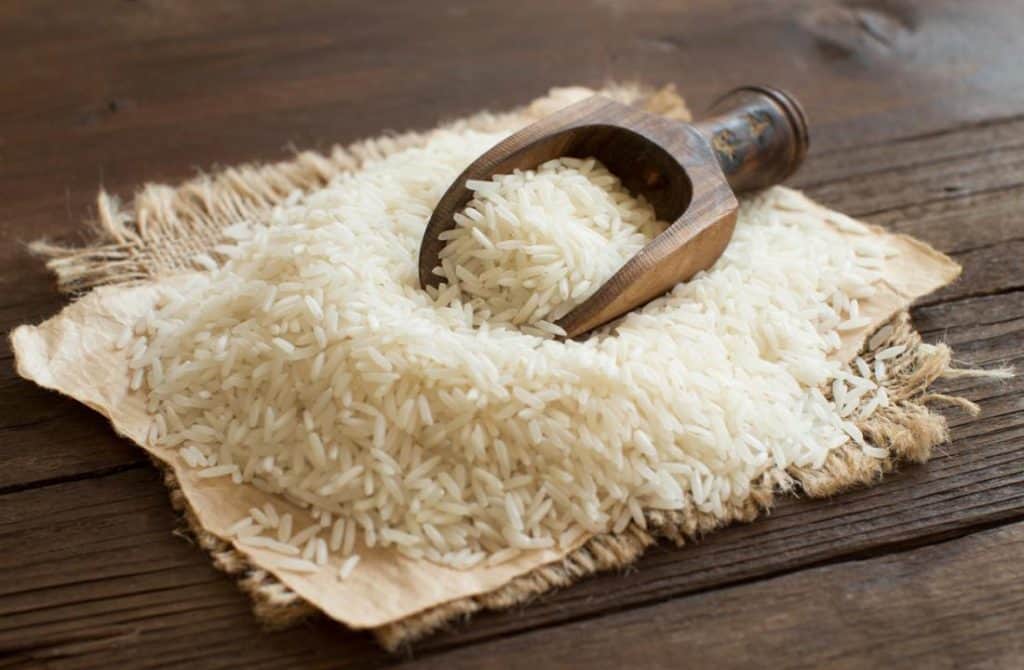
Rice is the quintessential staple food from Asia, highly revered as an important food source and cultural element.
There are more than 40,000 rice varieties, 100 of them are grown around the world.
Brown rice is a term of rice grains that still have their bran layers. They are considered healthier than white rice.
4. Corn
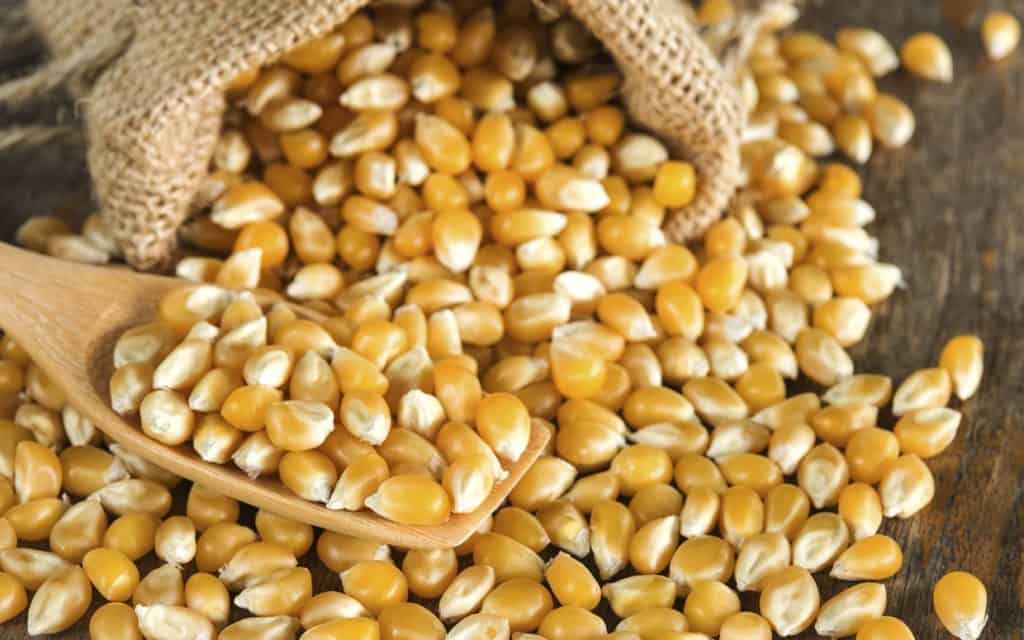
First grown by Native Americans, corn is an important food source aside of rice and wheat.
Young corns have yellow, sweet, juicy kernels, perfect for plain eating. Older corns with high starch content are used to make flour.
5. Barley
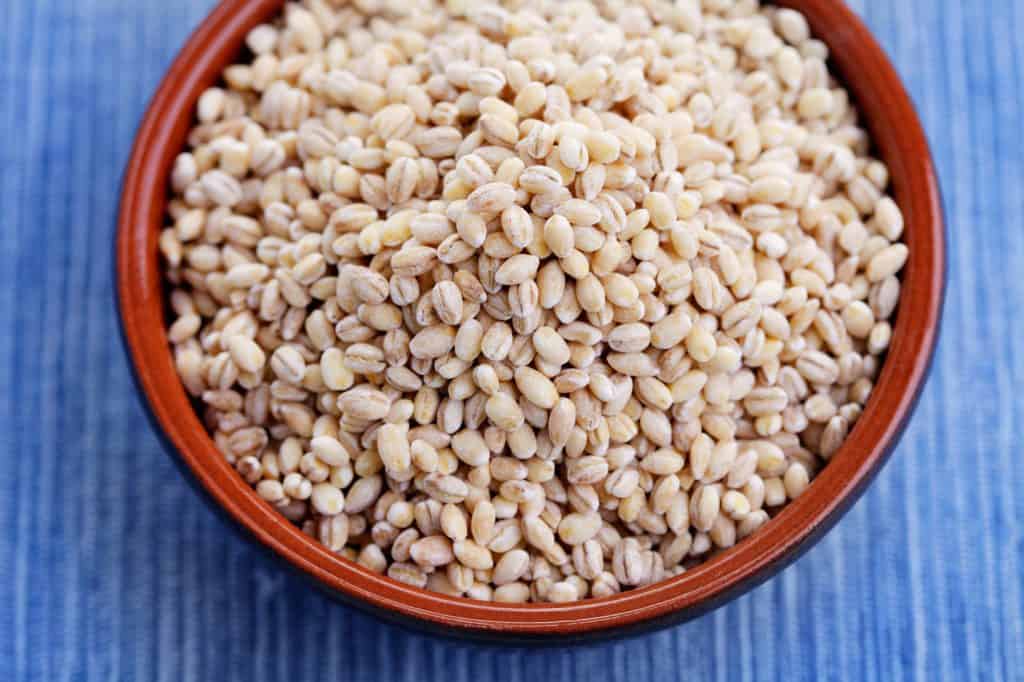
Barley is a popular Asian grain that gains more recognition as a healthy food. Barley is used to make bread, soups, stews, porridge, noodles, and tea.
6. Millet
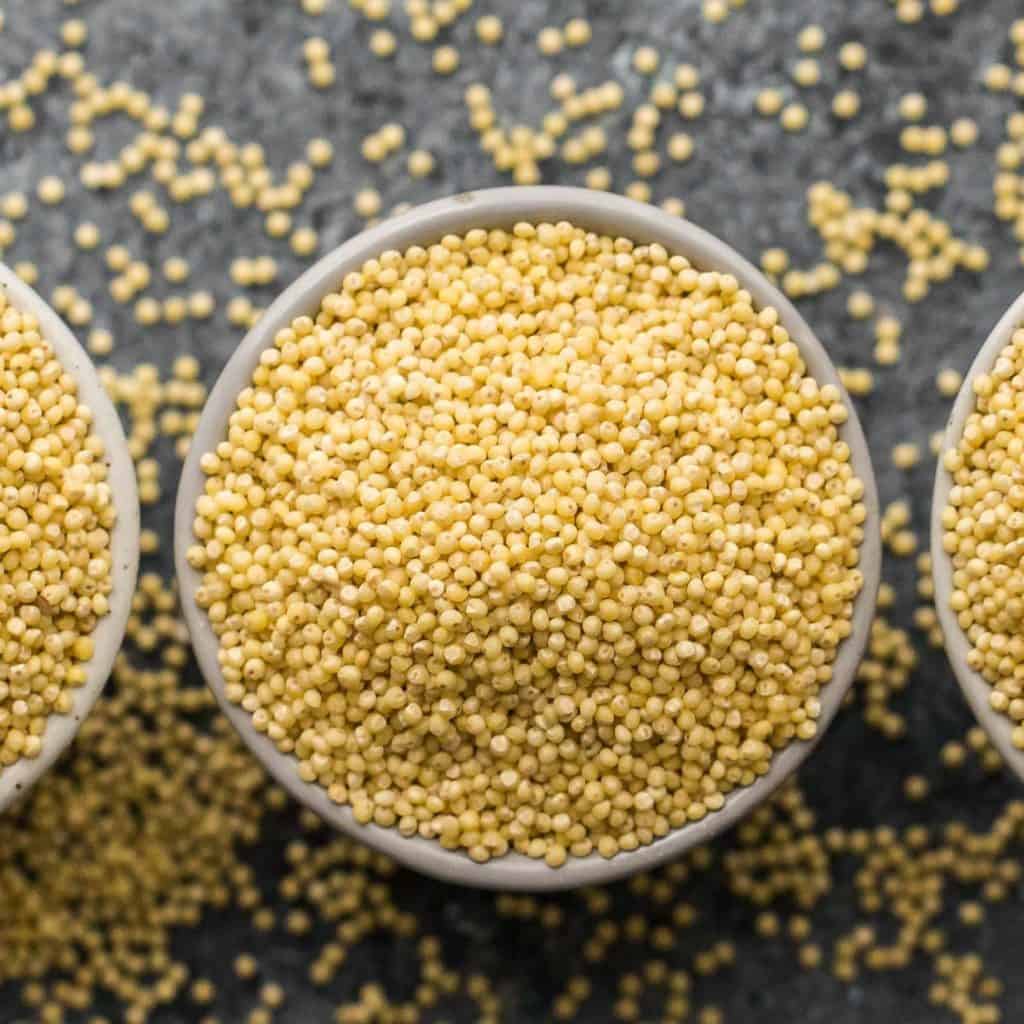
Millet used to be eaten in Asia by poor populations, because they grow on hard soil and have a coarser texture.
However, millet now enjoys rising popularity as a healthy food source.
Millet is a type of gluten-free grain, making it perfect for people with Celiac disease. Millet can be used to make flour, bread, pancake, and porridge.
7. Rye
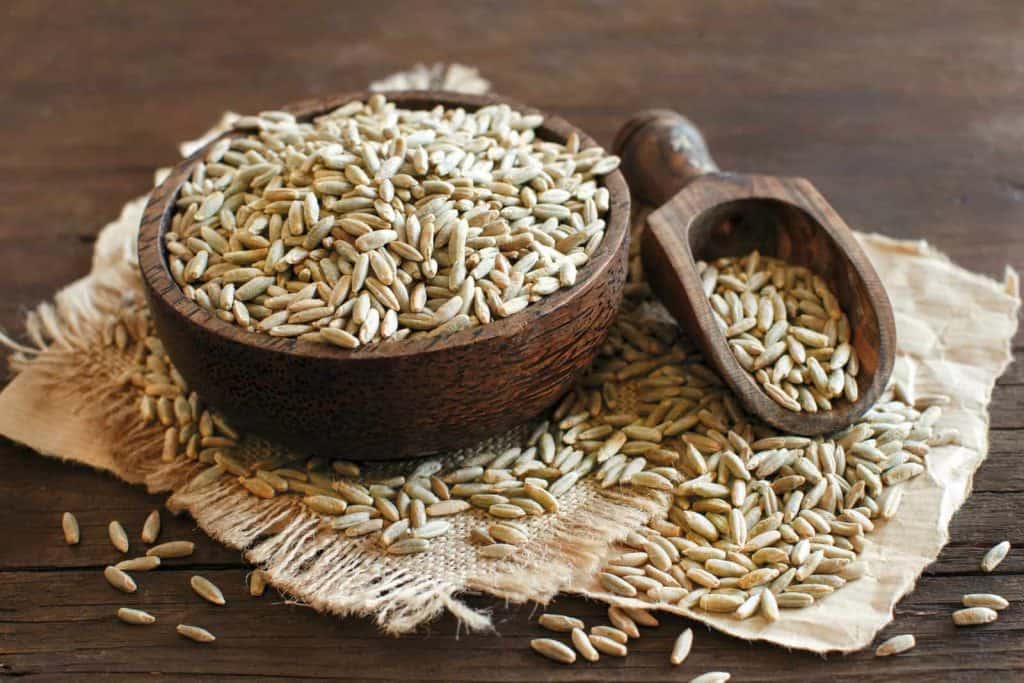
Rye grows well in colder climates, where barley, rice, and wheat cannot survive.
Rye flour is denser and rougher compared to wheat or rice, because it contains low gluten. Rye is used to make sourdough, crispbread, and black bread.
8. Sorghum
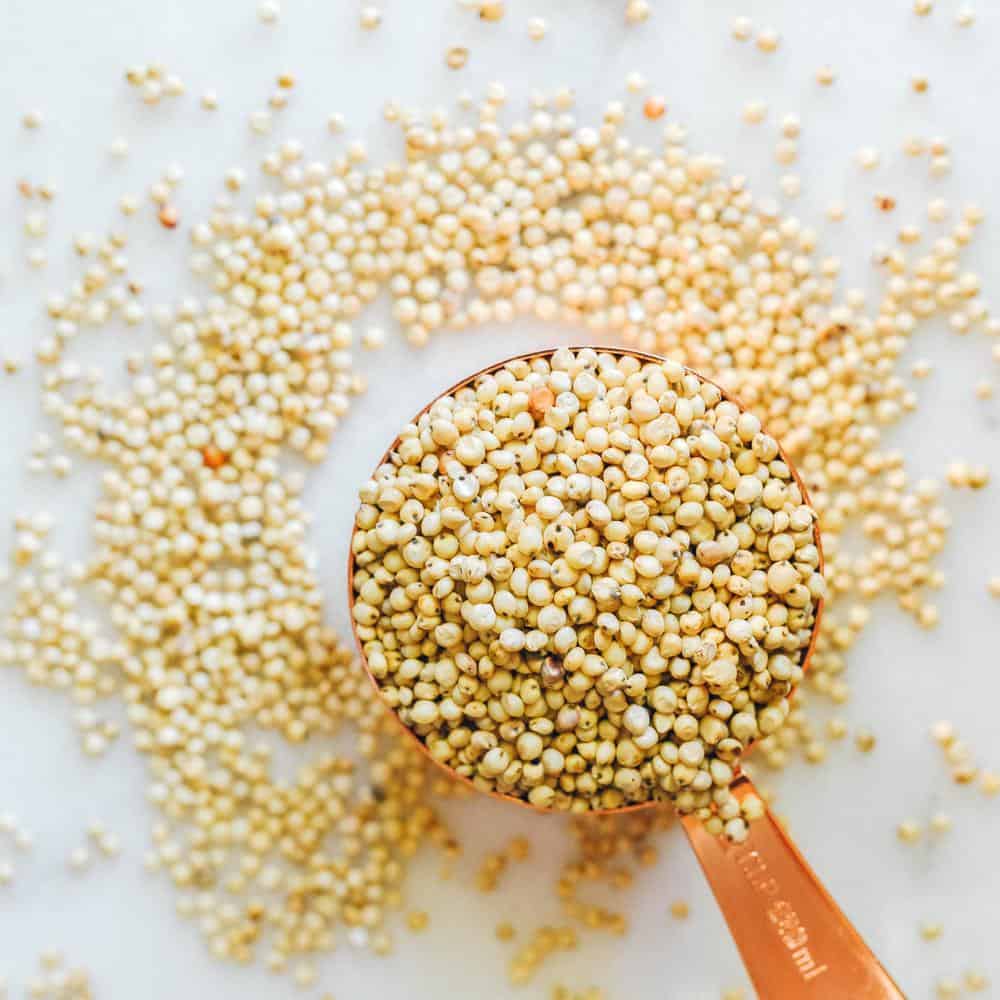
Sorghum is closely related to sugarcanes and can grow on dry, harsh soil. Sorghum grains have diverse colors, from yellow and white to red and purple.
Sorghum is low in fat but high in carbs. Sorghum is traditionally used to make unleavened bread, but now, you can find these grains in healthy breakfast cereal, bread, and beverages.
9. Triticale
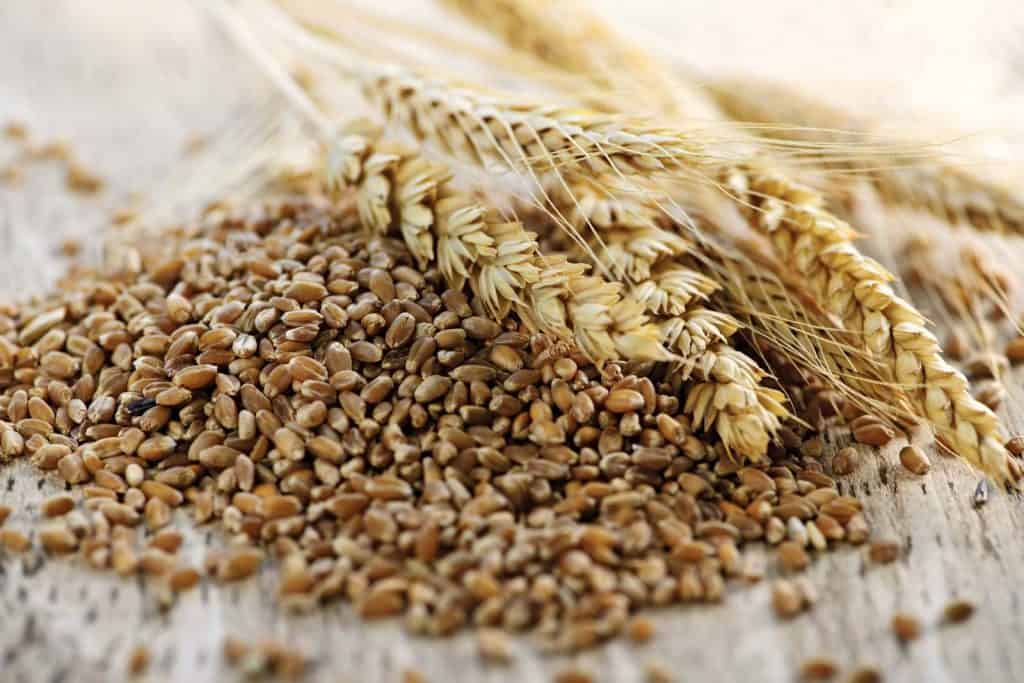
Triticale is a new grain type, which combines the texture of wheat and the hardiness of rye.
Triticale does not have the same popularity as other “healthy grains,” because the harvest is still inconsistent. It can be used to make cakes, muffins, crispbread, and breakfast cereals.
Read also:
B. Types of “Fake” Grains
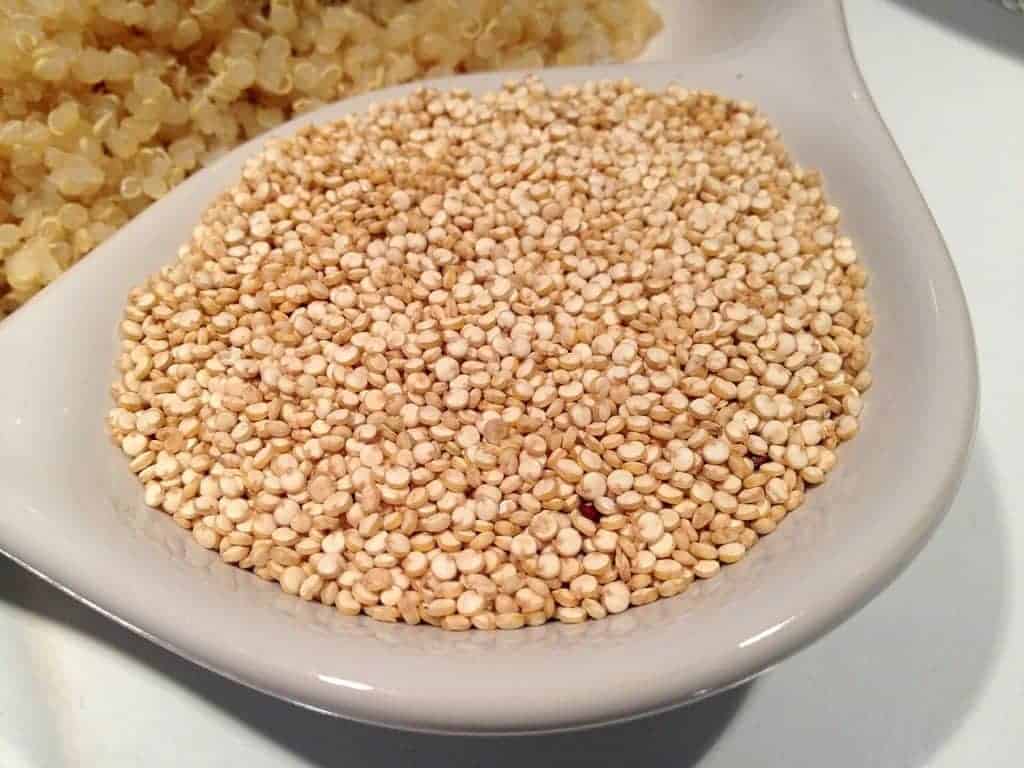
“Fake” grains have similar appearances to the true grains, but they don’t come from Gramineae family.
They are rising in popularity because of their high fiber contents. Fake grains are also used to make gluten-free versions of bread, cake, porridge, and smoothies.
Some of the most popular fake grains are:
1. Quinoa
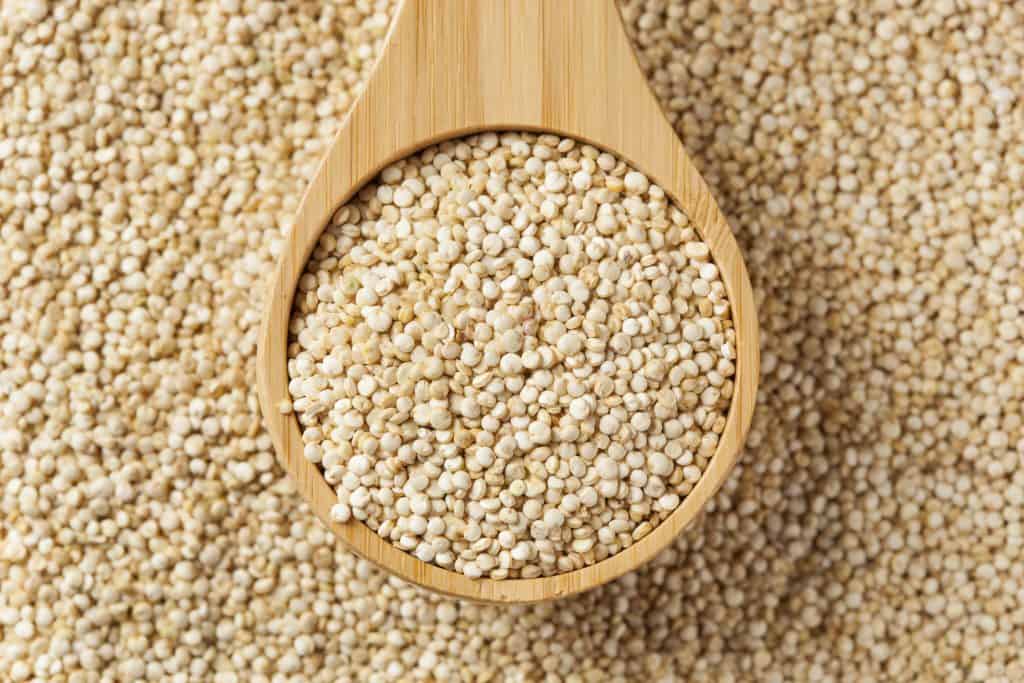
Quinoa is a popular fake grain in the Andes, but now, it has entered the healthy eating trend. Quinoa grains are mostly dark, with shades ranging from red to brown.
These grains contain a lot of amino acids and fiber. Quinoa is used to make breakfast flakes, flour, bread, crackers, and protein powder.
2. Amaranth
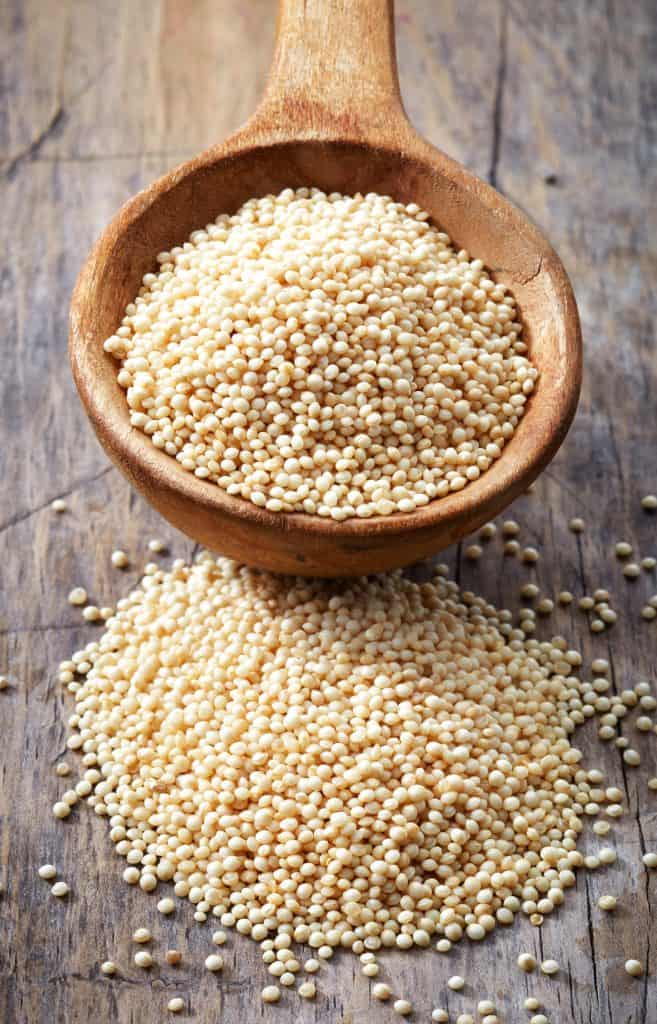
Amaranth has small grains that become softer on the inside when cooked (but with crispy exterior).
Amaranth can be boiled with just water, but you can add them to cookie batter, rice dishes, salad, and breakfast cereal.
3. Buckwheat
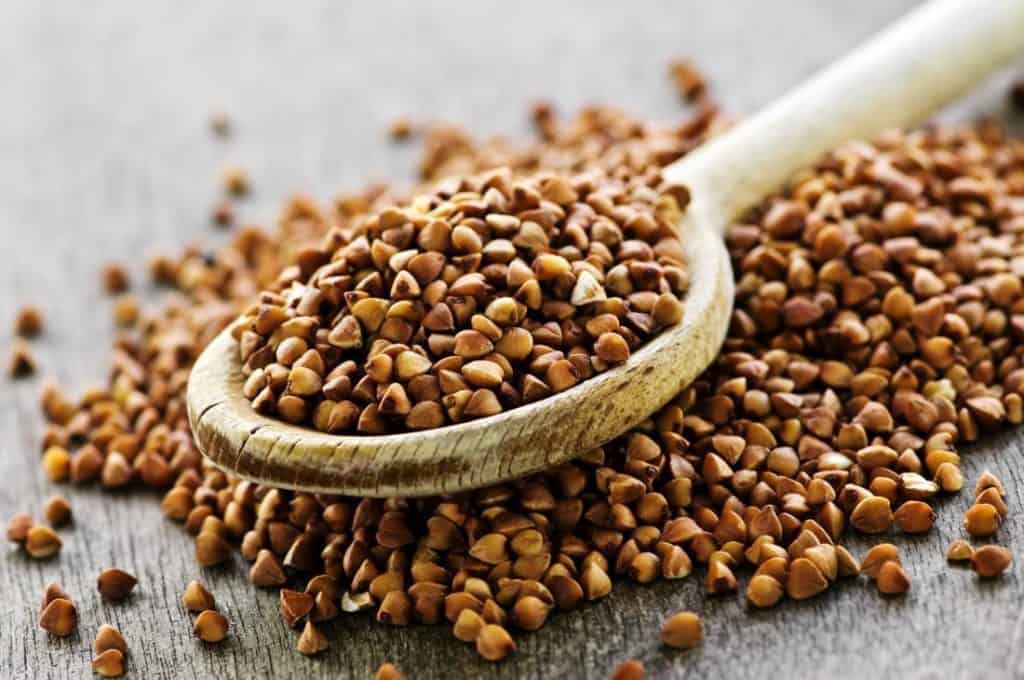
Buckwheat is popular in Asian countries and is used to make flour for bread, pancake, and noodles.
Buckwheat is the main ingredient of Japanese soba. These grains contain a lot of vitamin B, minerals, and bioflavonoid called rutin.
Read also:
C. Refined Grains VS Whole Grains
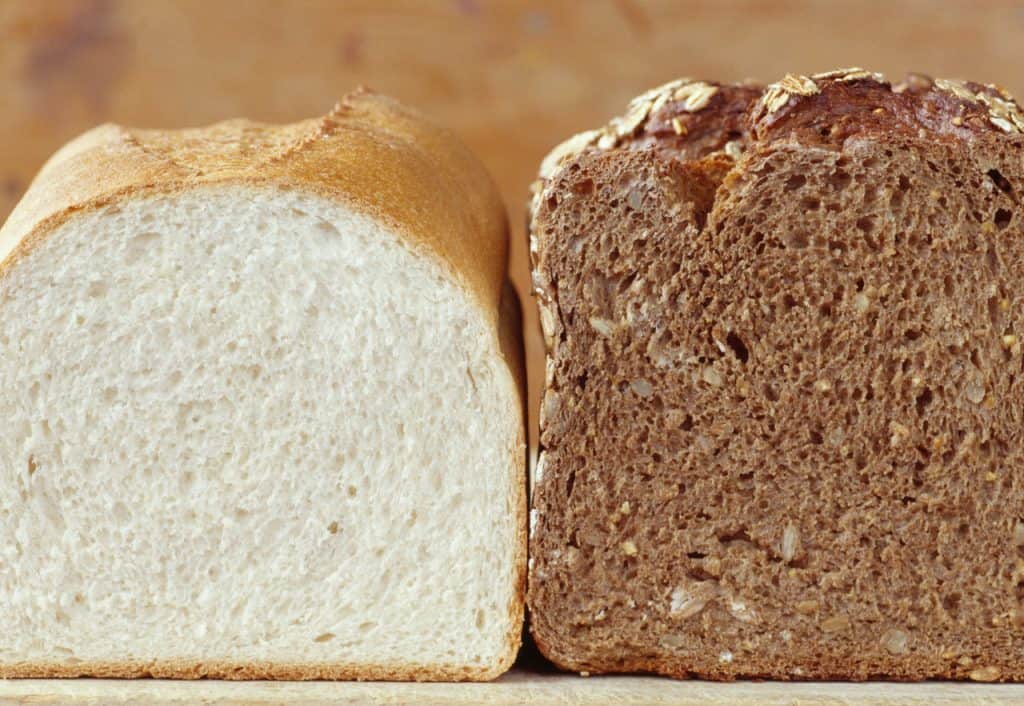
What are whole grains? Why are the healthy eating trend recommending these grains for your diets?
Whole grains mean the grains don’t have their bran and germ layers removed during the processing. The results are slightly coarse but nutritious grain products.
Whole grains are considered healthier because they contain more fiber, vitamin B, and minerals.
What are refined grains? Unlike whole grains, refined grains have their bran and germ removed during the processing. It gives the end products smoother, more pleasant textures.
However, it also strips the grains from important nutrients. Refined grains appear in regular noodles, pasta, white bread, crackers, and many other products.
Whole grains are usually more expensive, but they contain more important nutrients than refined grains.
Meanwhile, refined grains must be enriched during processing, because most of the important nutrients are gone.
D. Types of Whole Grain Products
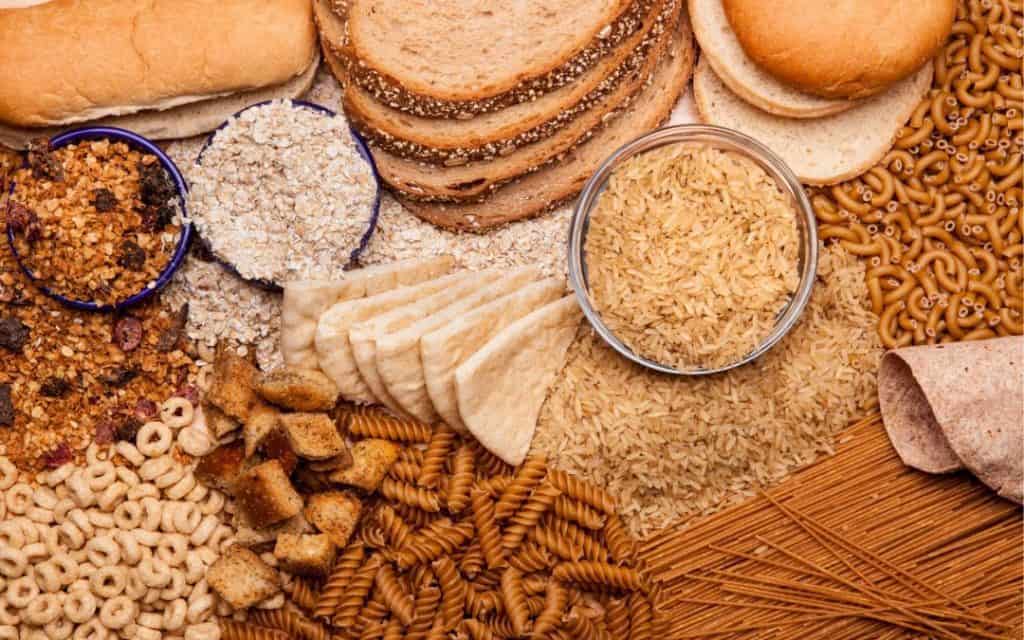
Whole grain products appear in many products that bear the label “whole wheat.”
You can find whole wheat bread, pasta, or crackers at health food stores, but they are also available at regular supermarkets.
However, you need to check the labels too, because some manufacturers slap the “whole wheat” label for marketing purposes.
You can also consume grains in their original forms. Brown rice and wild rice, for examples, can be found at regular supermarkets (especially brown rice).
They have richer textures and subtle natural flavors. Buckwheat flour, bran cereals, quinoa, and bulgur are also available commercially.
Substitute your typical refined grain products with the whole grain versions. For example, make your sandwich and bagels with whole wheat bread.
Use crushed bran cereals or rolled oats to coat meat, fish, and other ingredients that need breadcrumbs.
Add quinoa or amaranth to your smoothie bowl, toast, and salad for extra texture. Use wild or brown rice in your lunchbox, soup, curry, and stews.
Types of grains are divided based on their origin plants and processing methods.
They have unique flavors, characteristics, and uses. Whole grains are better than refined grains because they contain more nutrients.


